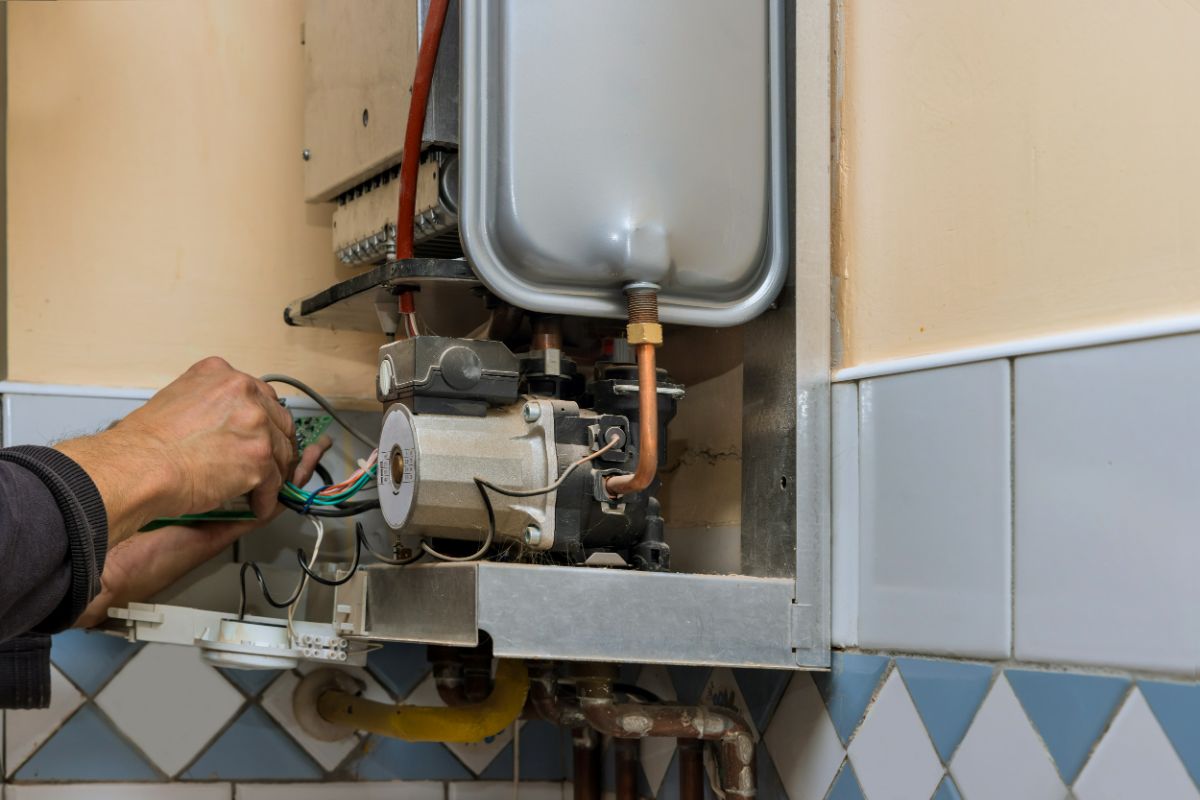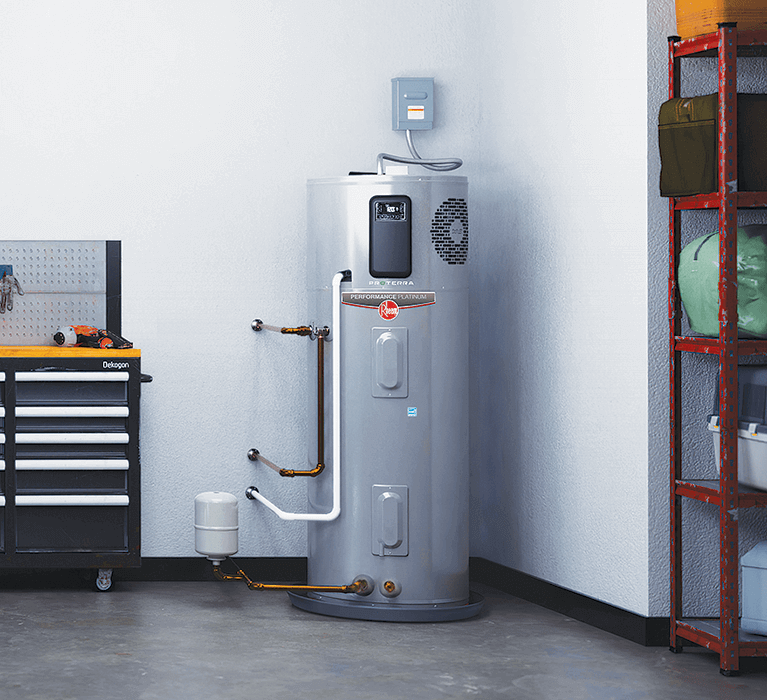Simple Guide to Maintaining Your Home's Hot Water System
Simple Guide to Maintaining Your Home's Hot Water System
Blog Article
We've encountered this article about Water Heater Maintenance Tips You Can't Afford to Forget down the page on the net and concluded it made perfect sense to relate it with you on this page.

Hot water is essential for daily convenience, whether it's for a revitalizing shower or washing recipes. To guarantee your warm water system runs effectively and lasts much longer, routine upkeep is essential. This article offers functional tips and understandings on how to keep your home's warm water system to prevent disturbances and expensive fixings.
Introduction
Keeping your home's hot water system may appear complicated, but with a few easy actions, you can guarantee it runs smoothly for several years to find. This overview covers whatever from understanding your warm water system to DIY upkeep tips and understanding when to hire specialist help.
Relevance of Maintaining Your Warm Water System
Regular upkeep not only prolongs the lifespan of your hot water system yet also guarantees it operates successfully. Neglecting upkeep can lead to reduced performance, higher power costs, and even early failing of the system.
Indications Your Warm Water System Needs Maintenance
Recognizing when your hot water system needs focus can prevent significant concerns. Look out for indications such as irregular water temperature, odd sounds from the heater, or rustic water.
Recognizing Your Hot Water System
Before diving right into upkeep tasks, it's valuable to recognize the standard components of your hot water system. Generally, this includes the water heater itself, pipes, anode rods, and temperature level controls.
Regular Monthly Maintenance Tasks
Regular month-to-month checks can help catch minor problems prior to they rise.
Flushing the Water Heater
Purging your water heater eliminates debris accumulation, enhancing effectiveness and extending its life.
Checking and Replacing Anode Rods
Anode rods avoid deterioration inside the tank. Inspecting and replacing them when worn is vital.
Evaluating and Readjusting Temperature Settings
Readjusting the temperature level setups makes sure ideal performance and safety.
DIY Tips for Maintenance
You can perform several upkeep jobs on your own to maintain your warm water system in leading problem.
Checking for Leakages
Consistently check pipelines and links for leakages, as these can cause water damages and greater expenses.
Checking Pressure Relief Valves
Examining the stress relief valve ensures it operates properly and avoids excessive stress build-up.
Shielding Pipelines
Shielding warm water pipelines decreases warm loss and can save energy.
When to Call a Professional
While do it yourself upkeep is valuable, some concerns need expert competence.
Complex Concerns Calling For Expert Assistance
Examples include significant leakages, electrical problems, or if your water heater is continually underperforming.
Regular Expert Maintenance Benefits
Specialist upkeep can include thorough assessments, tune-ups, and making sure compliance with safety requirements.
Verdict
Routine maintenance of your home's warm water system is vital for efficiency, durability, and cost financial savings. By following these ideas and knowing when to look for professional assistance, you can ensure a trustworthy supply of hot water without unforeseen disruptions.
How to Maintain an Instant Hot Water Heater
Before tinkering with your hot water heater, make sure that it’s not powered on. You also have to turn off the main circuit breaker and shut off the main gas line to prevent accidents. Also turn off the water valves connected to your unit to prevent water from flowing into and out of the appliance. 2. When you’re done, you have to detach the purge valves’ caps. These look like the letter “T†and are situated on either side of the water valves. Doing so will release any pressure that has accumulated inside the valves while at the same time avoid hot water from shooting out and burning your skin. 3. When the purge valves’ caps are removed, you have to connect your hosing lines to the valves. Your unit should have come with three hoses but if it didn’t, you can purchase these things from any hardware or home repair shops. You can also get them from retail stores that sell water heating systems. Read the user’s manual and follow it to complete this task properly. When the hosing lines are connected, open the purge port’s valves. 4. You should never use harsh chemical cleaners or solutions when cleaning your unit. Make use of white vinegar instead. It should be undiluted and you’ll probably use about 2 gallons. 5. Now flush your water heater. This task should probably take about 40 minutes. We can’t give you specific directions for this because the procedure is carried out depending on the type, model and brand of your heater. With that being said, refer to the user’s manual. 6. When you’re done draining the unit, you have to turn off the purge port valves again. Remove the hosing lines that you earlier installed on each of the water valves. Put the valve caps (purge port) back in their respective places and be very careful so as not to damage the rubber discs that are found inside these caps. 7. Now that everything’s back in place, check your user’s manual again to find out how to reactivate your water heating system. 8. Once it is working, turn one of your hot water faucets on just to let air pass through the heater’s water supply pipes. Leave the tap on until water flows smoothly out of it. https://www.orrplumbing.com/blog/2014/september/how-to-maintain-an-instant-hot-water-heater/

We hope you enjoyed our topic on Tips on Maintaining a Water Heater. Many thanks for taking a few minutes to browse our piece of content. I beg you pause to distribute this write-up if you enjoyed reading it. Thanks a bunch for your time. Kindly visit our website back soon.
Call Today Report this page